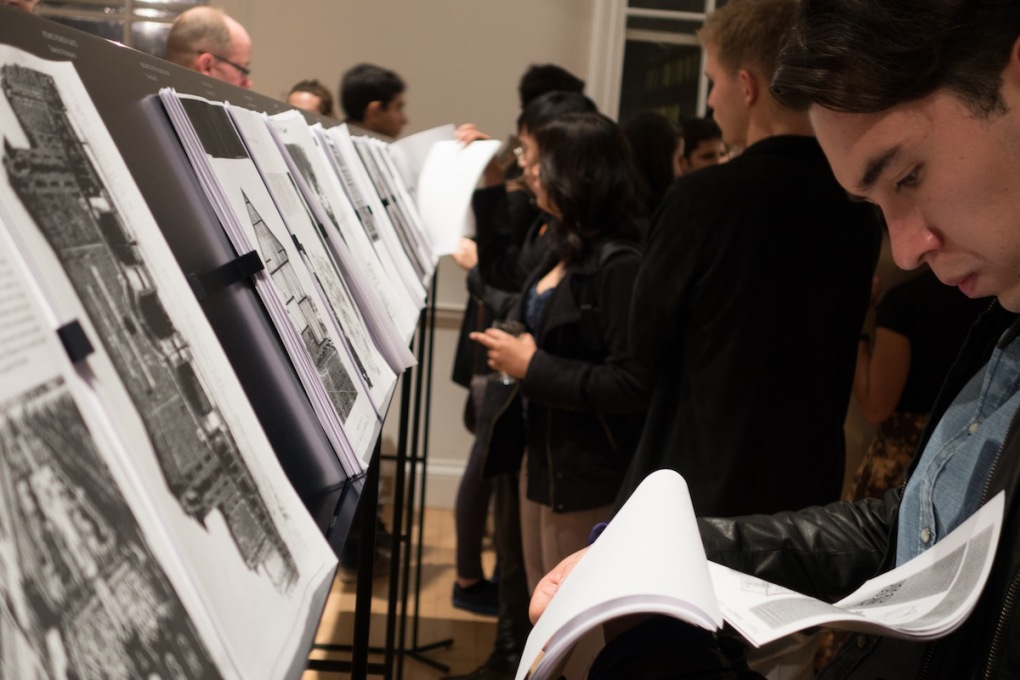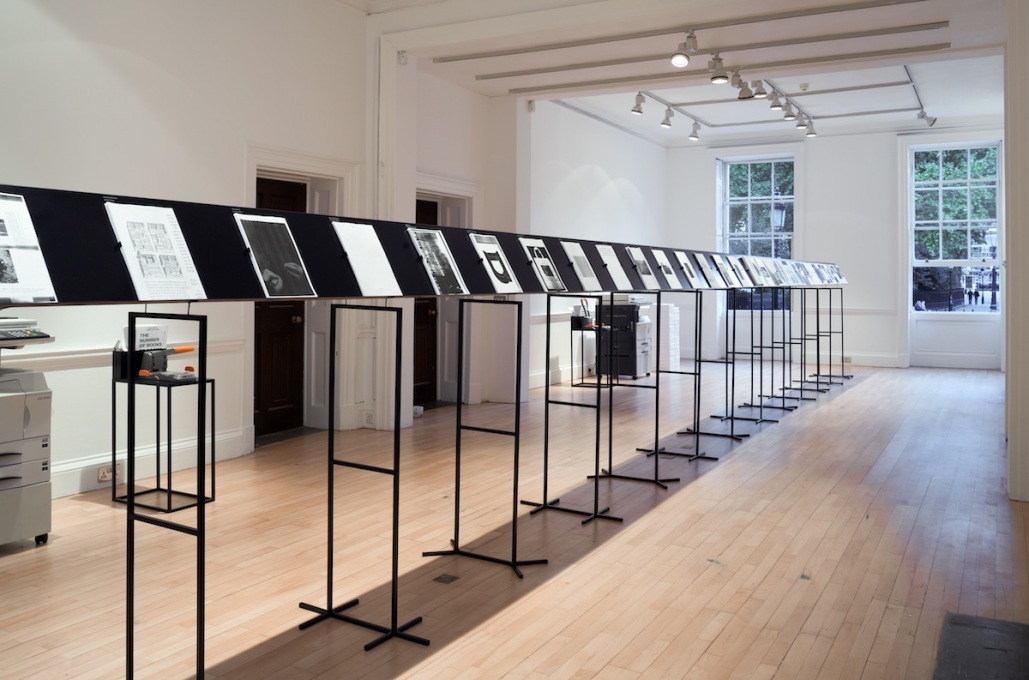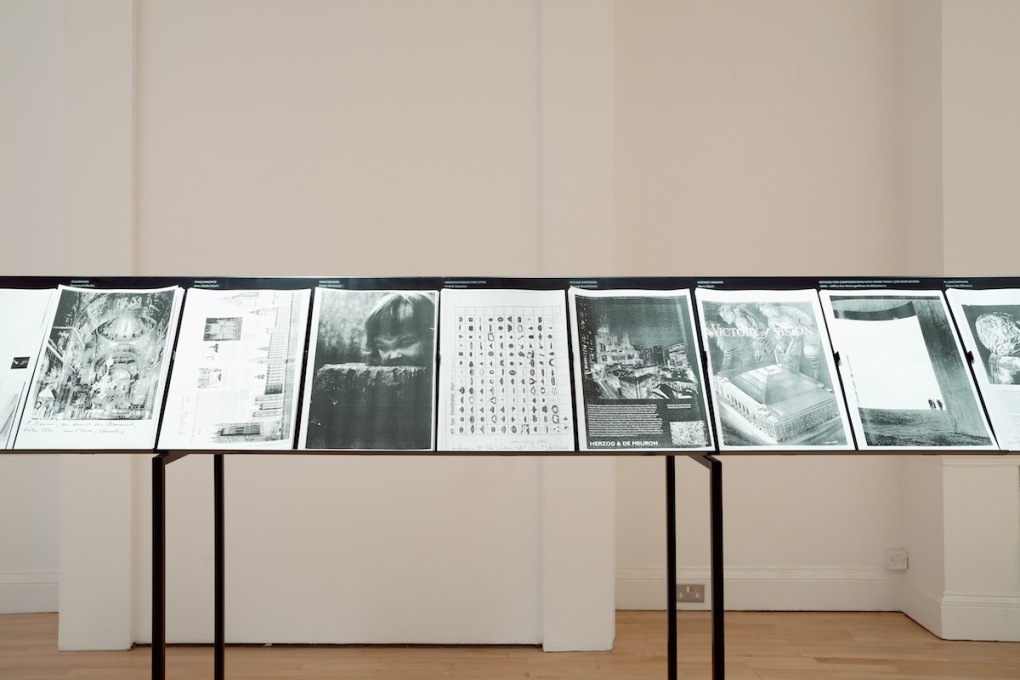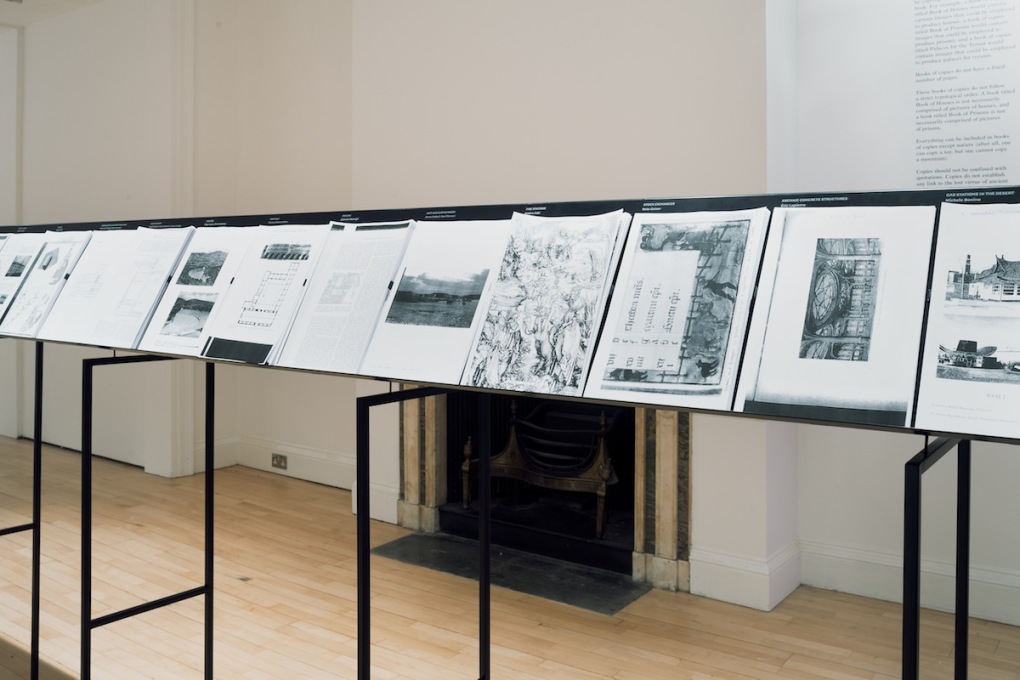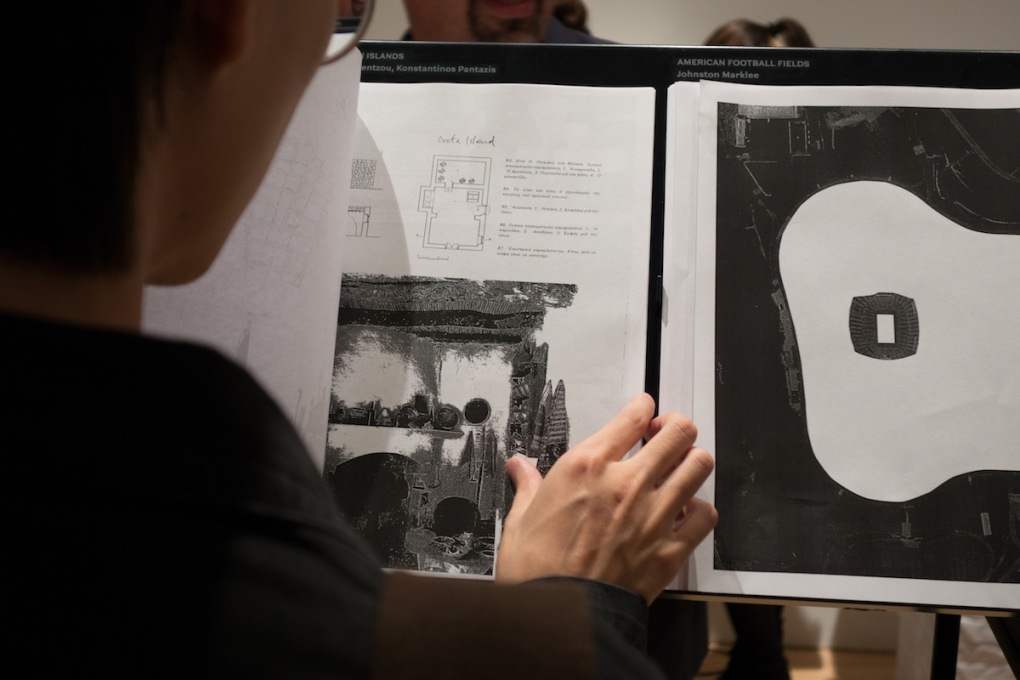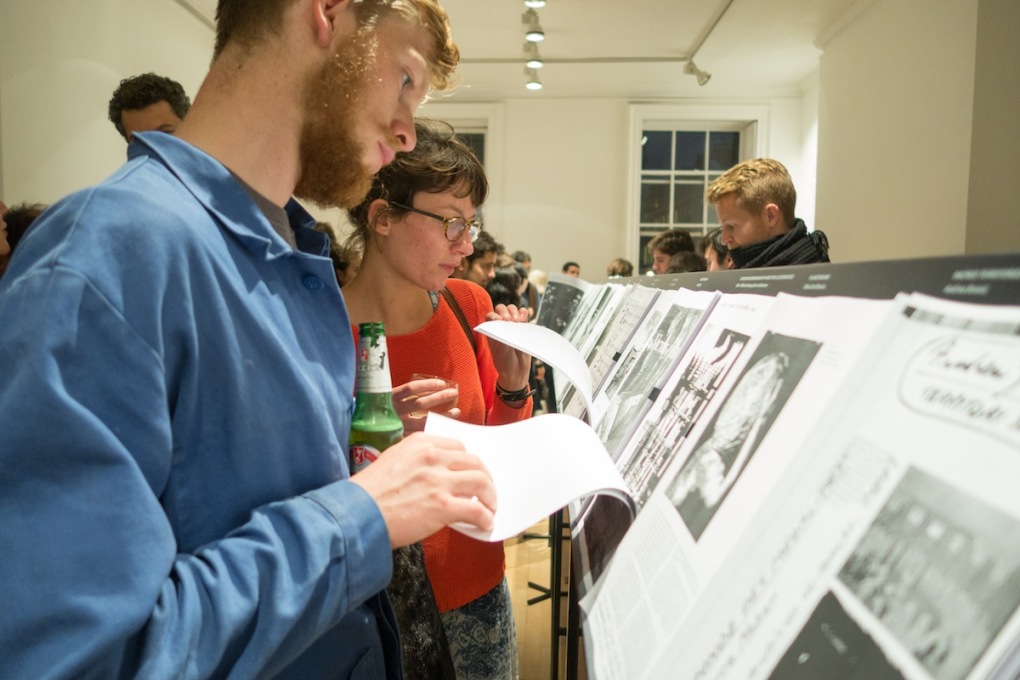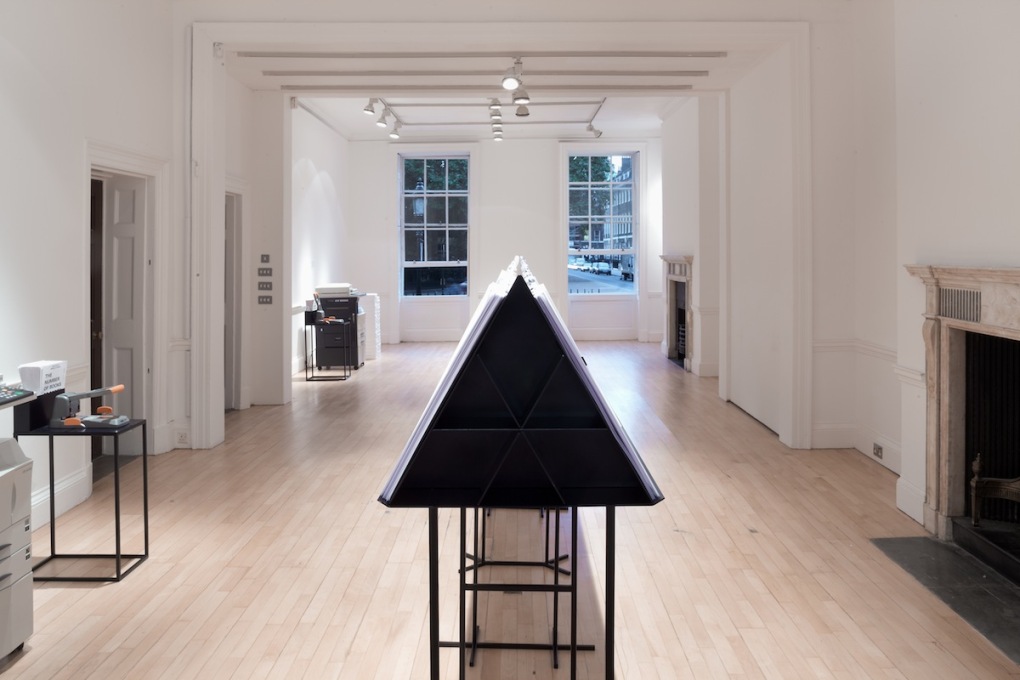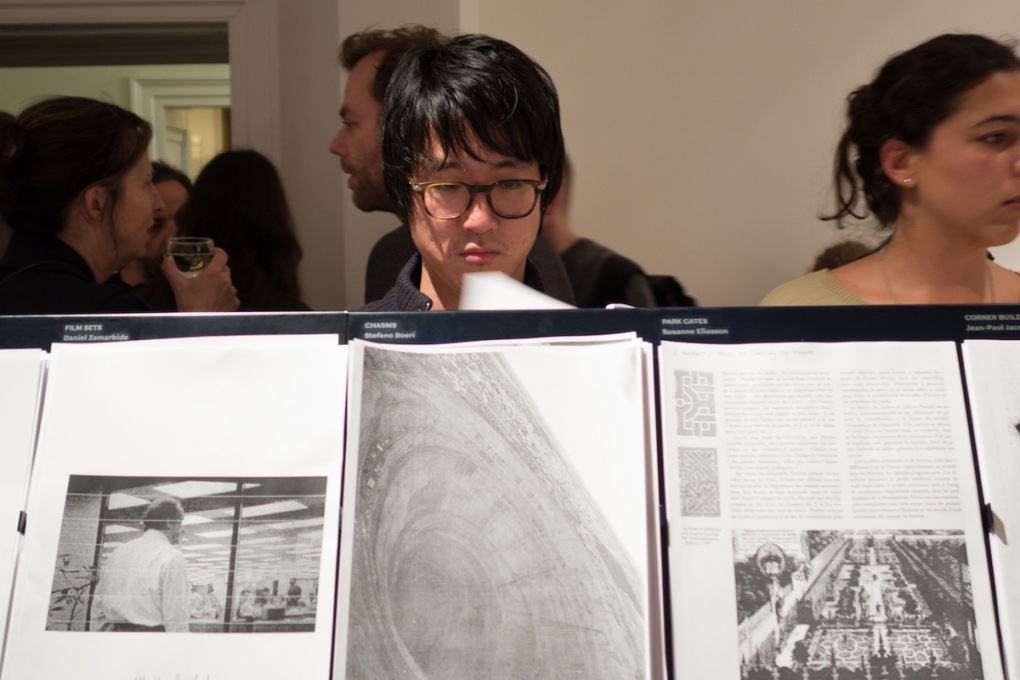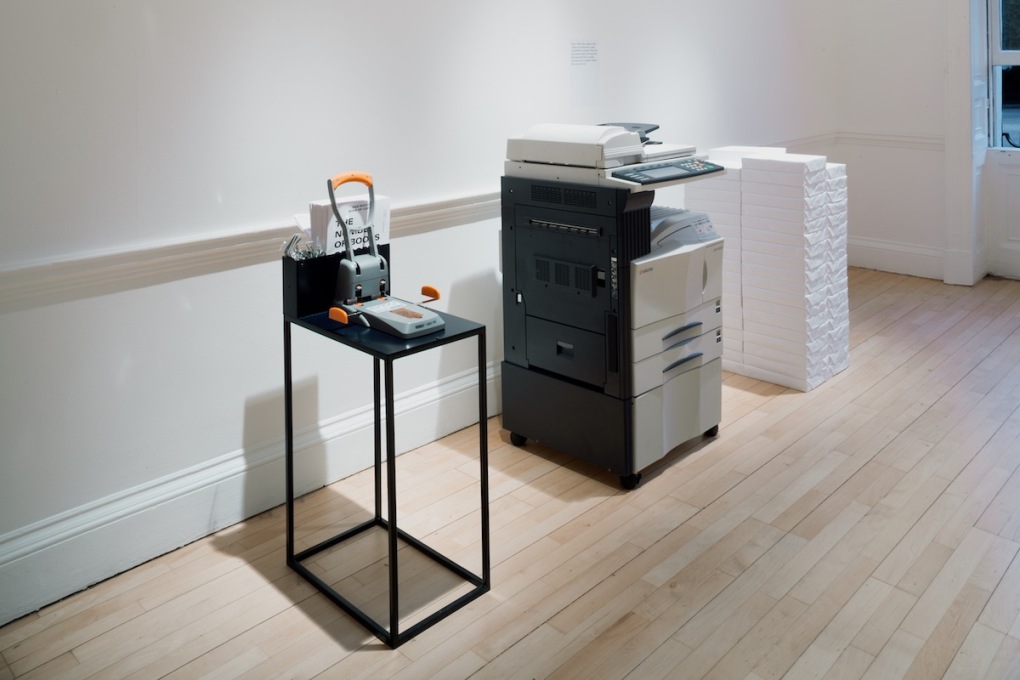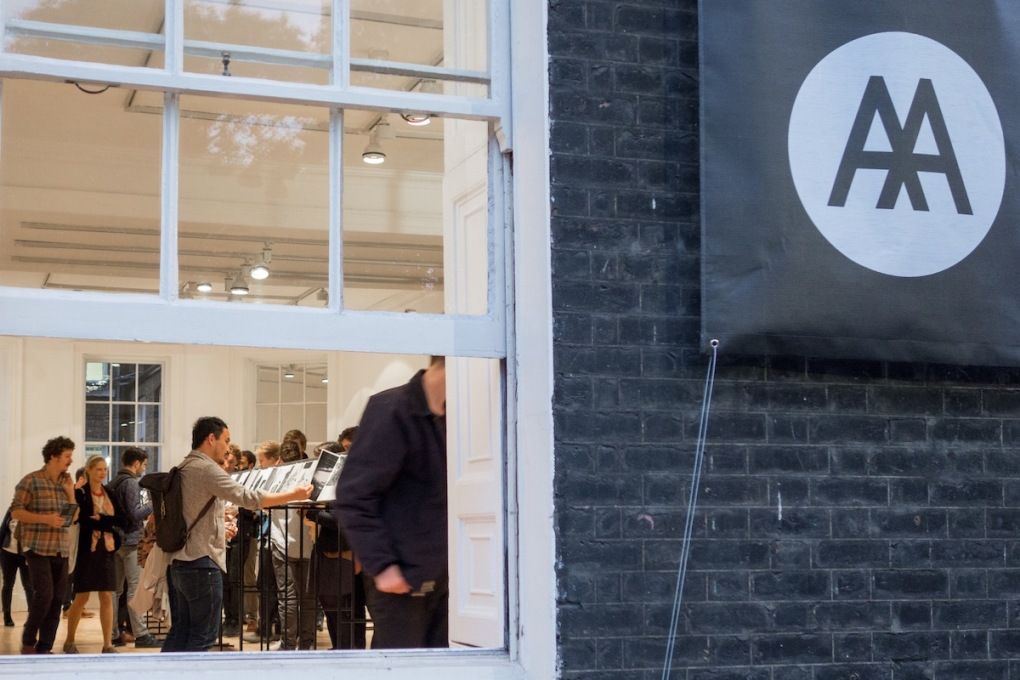San Rocco is an Italian architecture collective that publishes a biannual magazine and has recently added exhibition-making to its repertoire. While San Rocco insists that its work “does not solve problems” and “is not useful,” uncube correspondent Nick Axel believes that the group’s latest show presents a truly useful conceptual framework for moving the architectural profession forward.
In 1987 Catalan theorist Ignasi de Solá-Morales published an essay titled Weak Architecture in which a crisis in contemporary architecture was seen as a symptom of modernism’s apparent demise. Within a historical condition of radical groundlessness in which “contemporary architecture, in conjunction with the other arts, is confronted with the need to build on air, to build in the void,” Solá-Morales contrasts the concepts of weakness with fundamentalism in architecture. While the latter threatens to reproduce the crisis-inducing machine that is modernism, the former escapes its ideological and aesthetic conditions. Both tactics approach building as a representation of ideology: fundamentalism digs deeper into history in order to posit a “more true” ground whereas weakness accepts the impossibility of a true ground at all.
The project and recent exhibition Book of Copies by San Rocco, the notorious architecture collective that produces its eponymous publication, is a timely meditation on the present-day significance of these two modes of architectural production. A copy itself, the Book of Copies was originally presented as a part of FAT’s Museum of Copying in the 2012 Venice Biennale. It has now been revamped as a solo show currently on view at London’s Architectural Association with numerous new books and a new exhibition design by young Milan-based firm PIOVENEFABI.
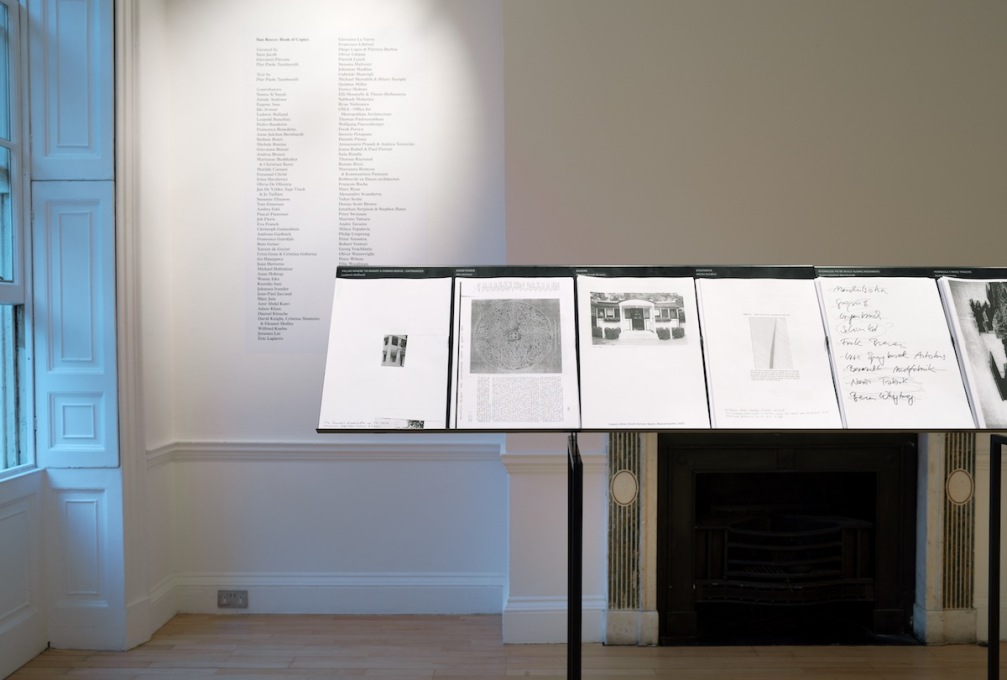
The exhibited books were each assigned to invited participants – the lengthy list includes Christoph Gantenbein, Denise Scott Brown, and Eva Franch – and presented in a two part composition: a collection of photocopied images, and a title, “naming a class of buildings that could be produced by copying the figures.” The exhibits point out both the fundamentalism of naming an architectural type and the weakness of what naming a “type” may mean. While the project admittedly does not intend to “present an exhaustive taxonomy” it does posit the necessity and liberty of the taxonomization process in order to “redefine … collective knowledge.”
Throughout the books on display, the tenuous relationship between each book’s signifier and signified is played with in various ways. Some books take rather common classes of building, such as Tunnels, Highways, Chinese Houses, Blue Buildings, Churches, and so on, to present what might not have been, but perhaps should be, considered integral to the type. Others take an opposite approach, proposing unconventional architectural types such as Pachinko Parlors, Villas Where to Shoot a Porno Movie, Buildings Arguably Built by Aliens, and Brothels, expanding the notions of what is built and can be called architecture. A third approach is neither focused on the book’s title nor its content but the fact that it is a book and can be read as such, emphasizing parts of the built environment that may be overlooked as merely components of the architectural event, like Billboards, Pilotis, Park Gates, and Shop Windows.
Installed alongside two photocopying machines in the room, each Book of Copies can be copied and taken for personal use. As such, the exhibition literally furnishes the architect with the material for becoming a bricoleur, the famous identity posited by Colin Rowe and Fred Koetter for the postmodern architect capable of forging the future. The bricoleur walks the tightrope between “scientific idealism” and “populist empiricism,” between Solá-Morales’ weakness and fundamentalism: not merely characterized as one who performs an act of bricolage, the bricoleur is one who is conscious of the context of making itself.
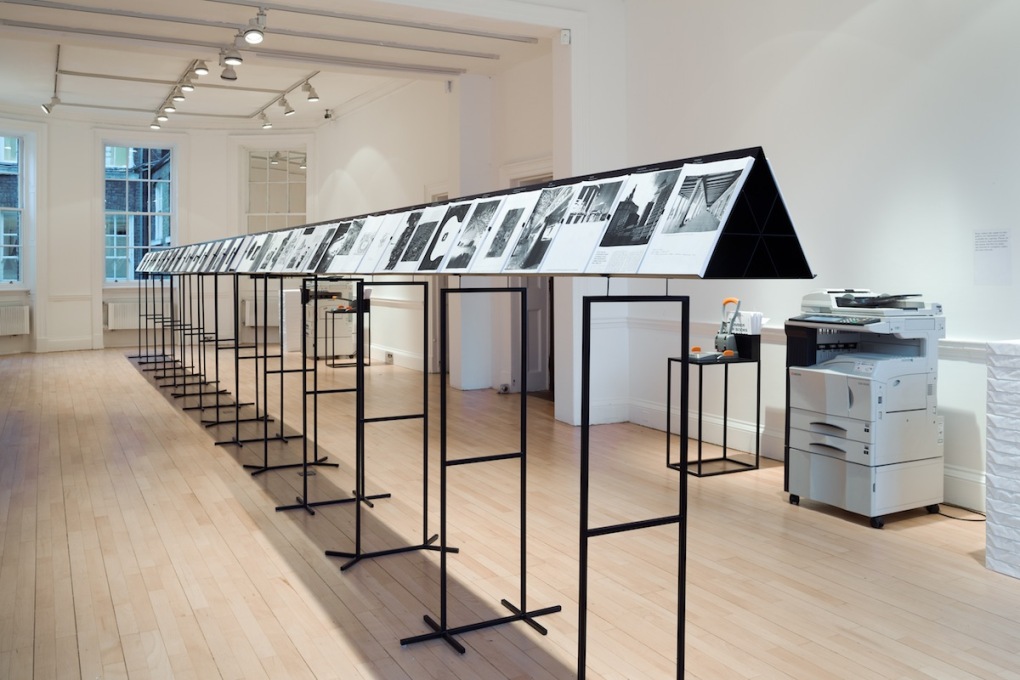
Book of Copies should be recognized as a critical response to the milieu of architectural practice actively dissolving its own boundaries to incorporate other disciplines as a means of extending architecture’s audience, and (hopefully) reasserting its contemporary value. Yet, though fully cognizant of the field’s expansion, Book of Copies is a bold argument for interiority. If architecture as a discipline is actively being reconfigured along with most other disciplines in an emergent post-2008 order, San Rocco accept a certain lack of control over its future, and instead argues for focusing creative disciplinary energies on doing best what architecture is known to do – so that however architecture is conditioned by planetary forces, it can do so consciously and respectably.
– Nick Axel is an architect, radical theorist, critical journalist and spatial strategist currently based in London.
Book of Copies is on view at the Architectural Association from 5 October to 2 November, 2013.




